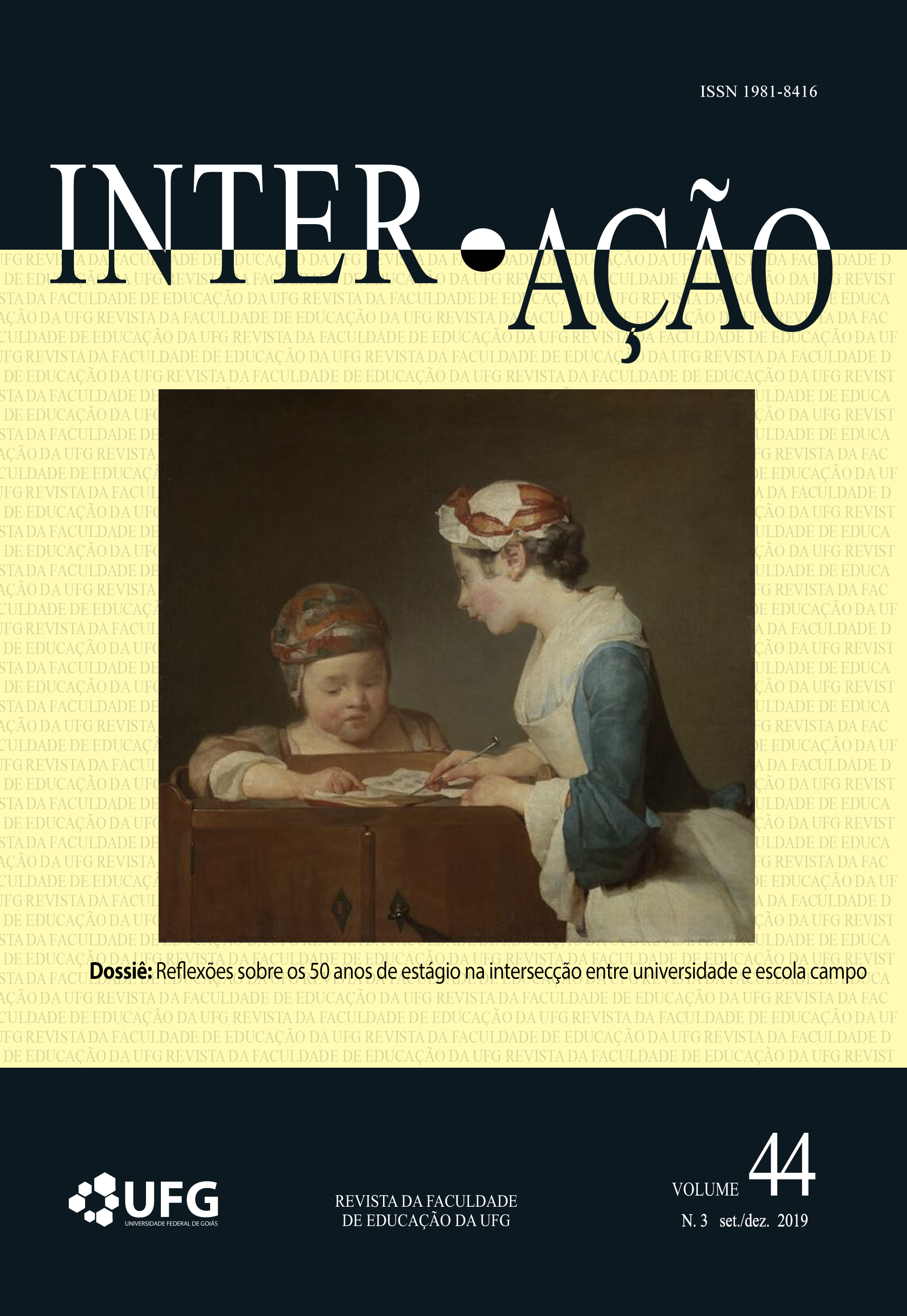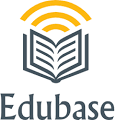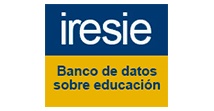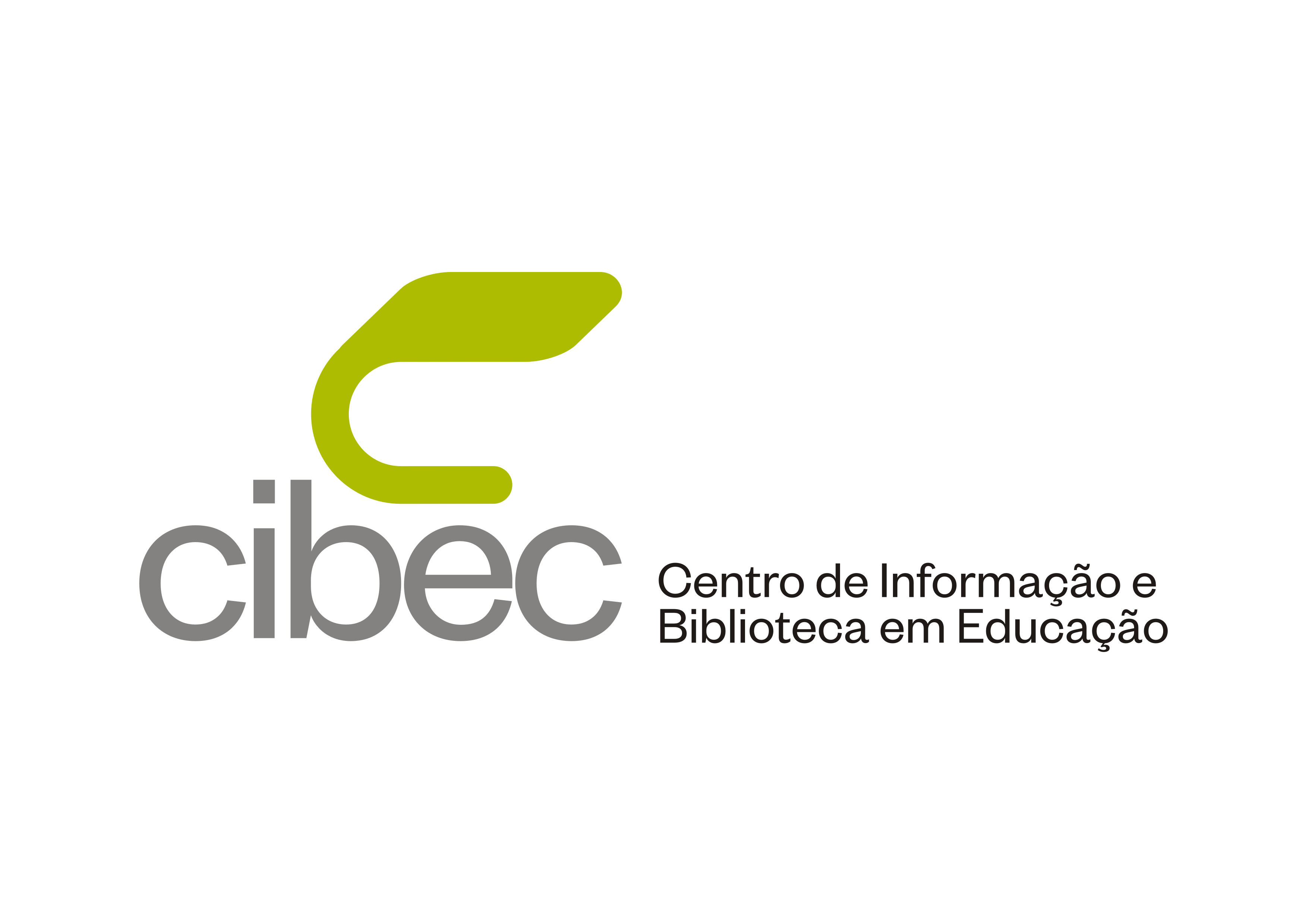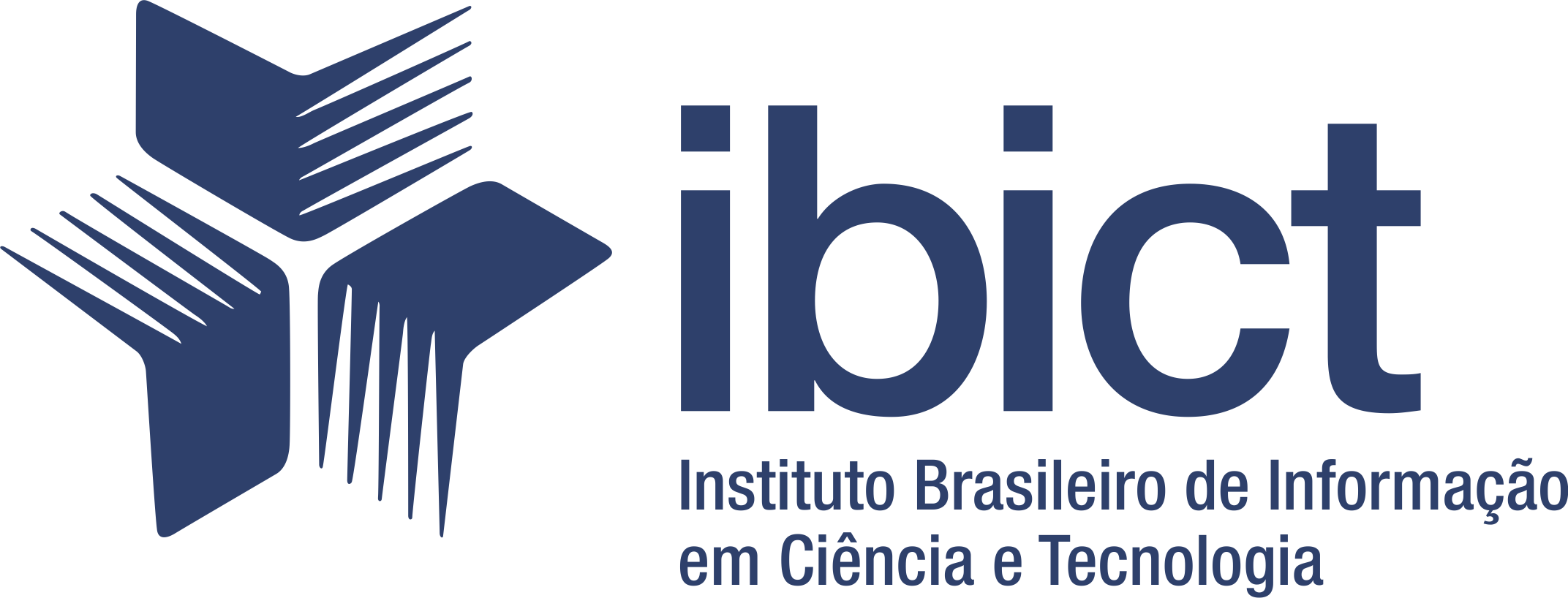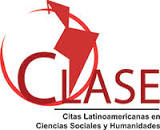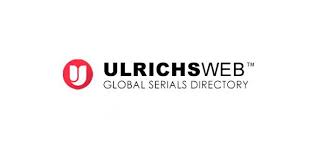EDUCAÇÃO PROFISSIONAL E O CURSO SUPERIOR DE UM CAMPUS DO IF GOIÁS: PERCEPÇÃO DOS ALUNOS NO CONTEXTO DO ESTÁGIO SUPERVISIONADO
DOI:
https://doi.org/10.5216/ia.v44i3.56975Abstract
This study seeks to uncover the students' perception of an IFG campus about their training and insertion in the world of work. The question of interest is: what is their perception about their initial formation, assertive and fragile to access the world of work, to the exercise of teaching and yet, their perception about the articulation and integration of theory and practice during their course? The theoretical framework adopted stands out among others Nóvoa (1995), Pimenta (1995), Tardif (2010) and Candau (2013). This research is characterized as a work of a qualitative nature with the use of an interview script for undergraduate students in Chemistry. When interpreting and analyzing the students' perception of the course, it was verified a dissatisfaction among the interviewees regarding the articulation between theory and practice regarding the supervised stage. In contrast, it is possible to perceive that the IFG has been concerned with the significant changes that interfere in the curricular proposal of its course, for presenting a redefinition of its curriculum and the advance of the curricular matrix in relation to teaching and didactic practices.
Downloads
Downloads
Published
How to Cite
Issue
Section
License
Inter-Ação uses the Creative Commons Attribution 4.0 License for Open Access Journals (Open Archives Initiative - OAI) as the basis for the transfer of rights. Open access means making documents available on the Internet free of charge, so that users can read, download, copy, distribute, print, search, or link to the full text of documents, process them for indexing, use them as input data for software programs, or use them for any other lawful purpose, without financial, legal, or technical barriers.
Authors publishing in this journal agree to the following conditions:
1) Authors retain copyright and grant the journal the right of first publication, with the work simultaneously licensed under the Creative Commons Attribution License, which permits redistribution of the work with attribution and first publication in this journal.
2) Authors are permitted to enter into additional, separate agreements for non-exclusive distribution of the version of the work published in this journal (e.g., for publication in an institutional repository or as a book chapter), with attribution and first publication in this journal.
3) Authors are permitted and encouraged to publish and distribute their work online (e.g. in institutional repositories or on their home page) at any time before or during the editorial process, as this may generate productive changes as well as increase the impact and citation of the published work.

